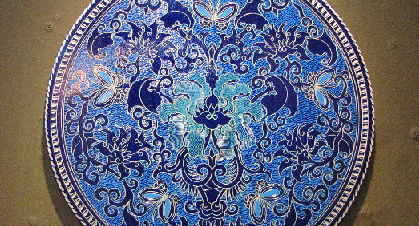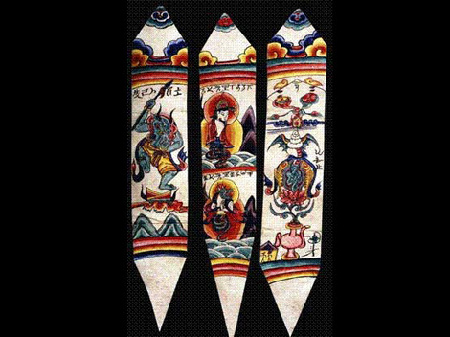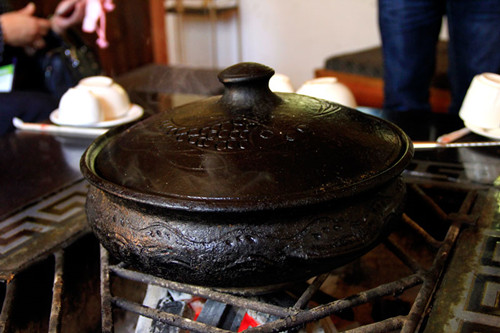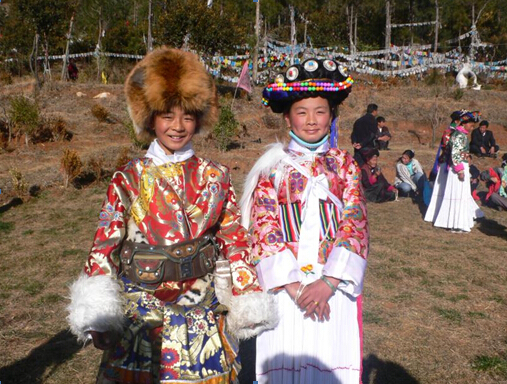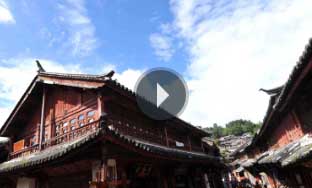Tourism contributes to a better life for Yulong peasants
(chinadaily.com.cn)
Yulong, a Naxi nationality autonomous county in northwest Yunnan province, is a world heritage site with abundant tourism resources, yet it is also a typical agricultural county in China. In Yulong county, 90 percent of the population are rural with 70 percent below the poverty line.
To increase peasants' income, Yulong county is taking tourism as a leading industry and trying to make breakthroughs from its development.
In Jiazi village of Yulong county, villagers get a total subsidy of over 10 million yuan ($1.5 million) each year from ticket revenues, tourism industry benefits and community-run projects. This move aims to narrow the income gap among villagers and let tourism resources in Yulong Mountain be shared by all.
The Yulong Mountain scenic area committee is also increasing investment in infrastructure and education to improve the living environment for local villagers. It is also helping shore up the agricultural industry to increase farmers' incomes.
In addition, tourism benefits agriculture with the development of a cultural industry. Yulong county has developed cultural projects with unique regional characteristics. The performance "Impression of Lijiang" produced by Yulong Mountain scenic area features strong folk customs. The 400 performers are all comprised of local peasants and are provided with regular income, social welfare and free accommodation.
Naxi embroidery has become another new way to bring wealth to the local peasants as a popular tourist souvenir. He Xueqian, director of the Publicity Department of Yulong county, said a diversified cultural industry pattern, including art performances, tourism product processing and sales, as well as a leisure industry has been formed.
The development of eco-agriculture in Yulong county contributes to the growth of peasants' incomes as well. Local peasants who live far from the scenic area also get an income by planting the Lijiang snow peach, a delicious and healthy fruit. In Laxiang town, half of the peasants grow the snow peach. The planting area has reached over 467 hectares with a total output value exceeding 10 million yuan.
Edited by Zhao Qian and Brian Salter

